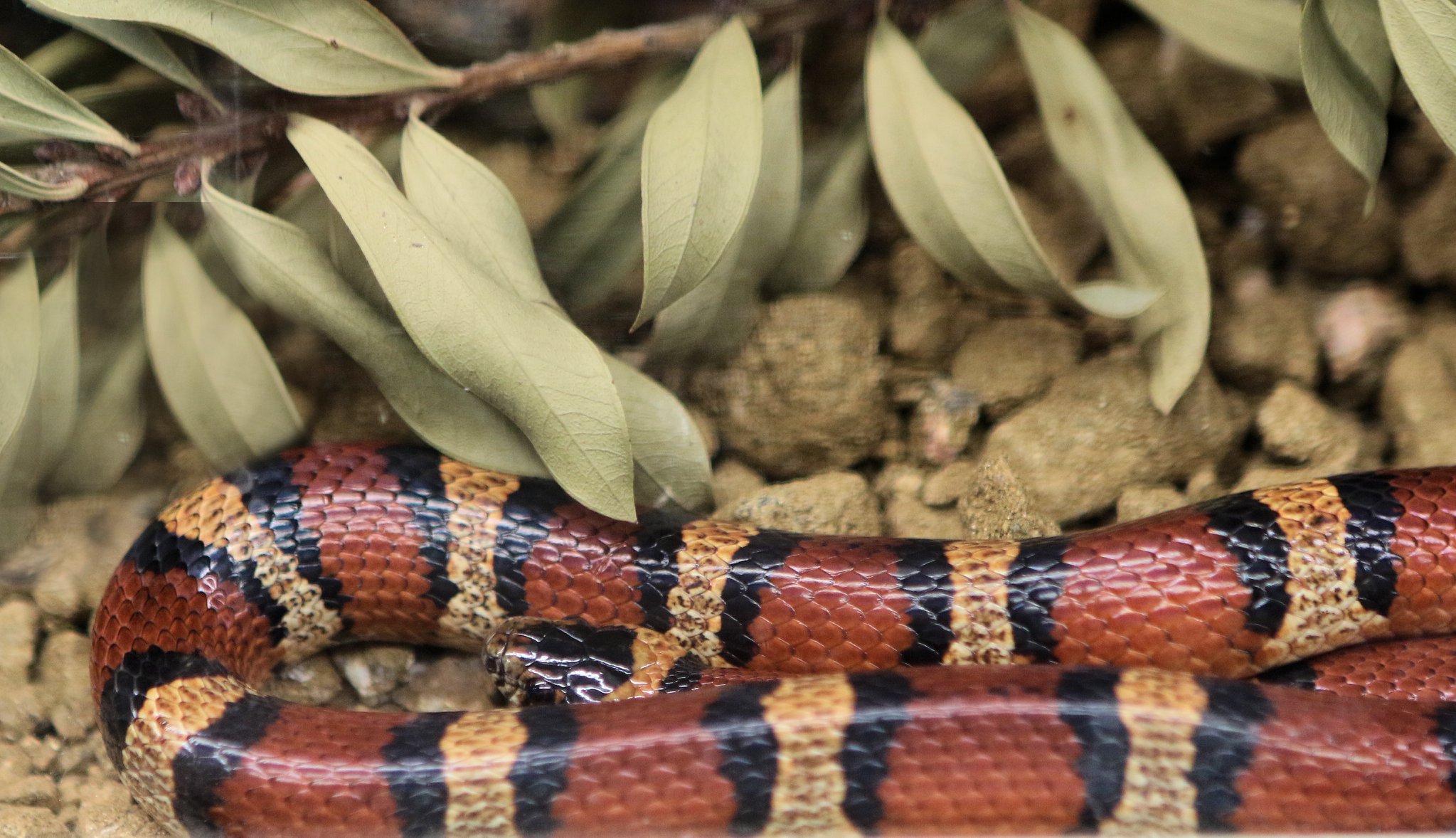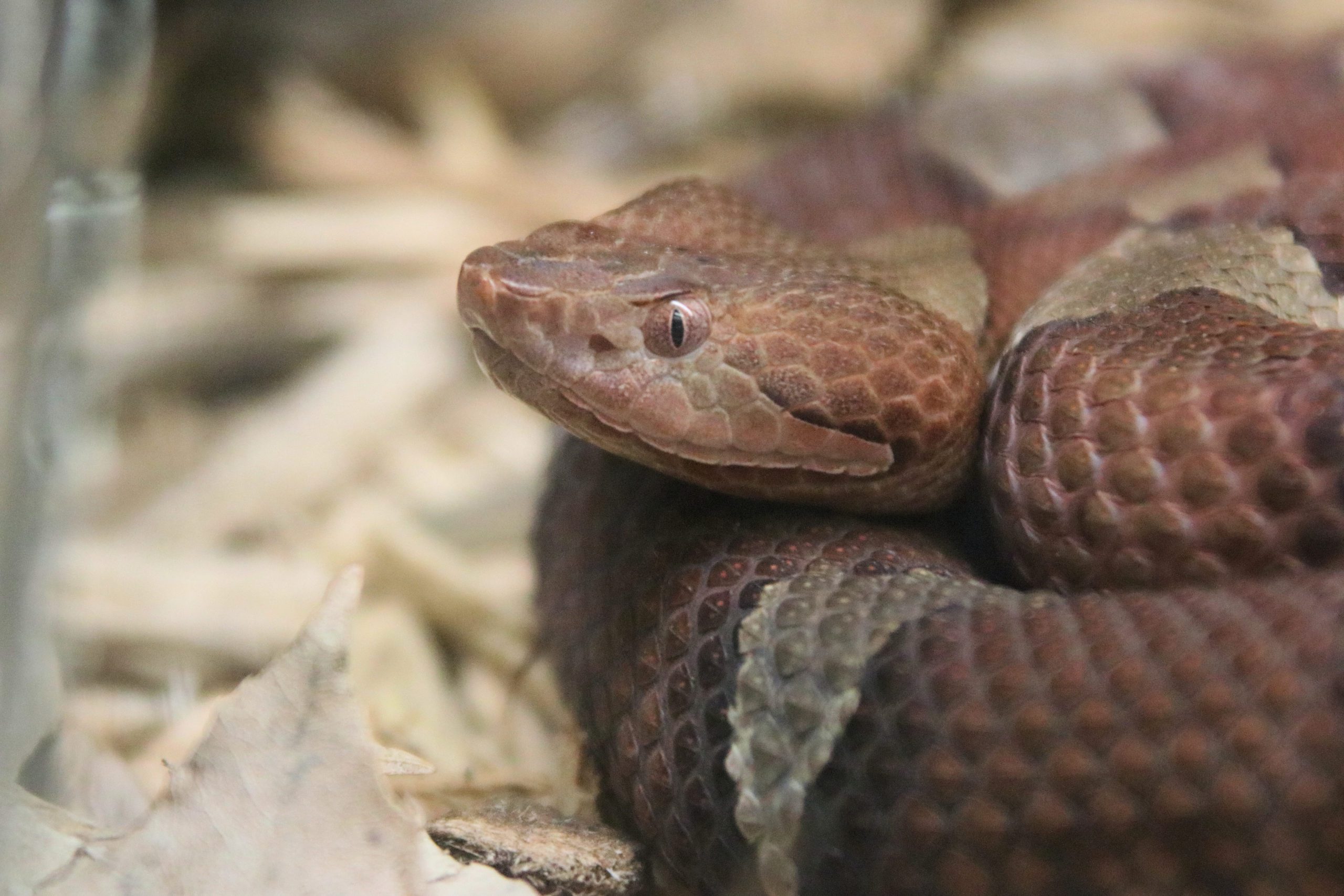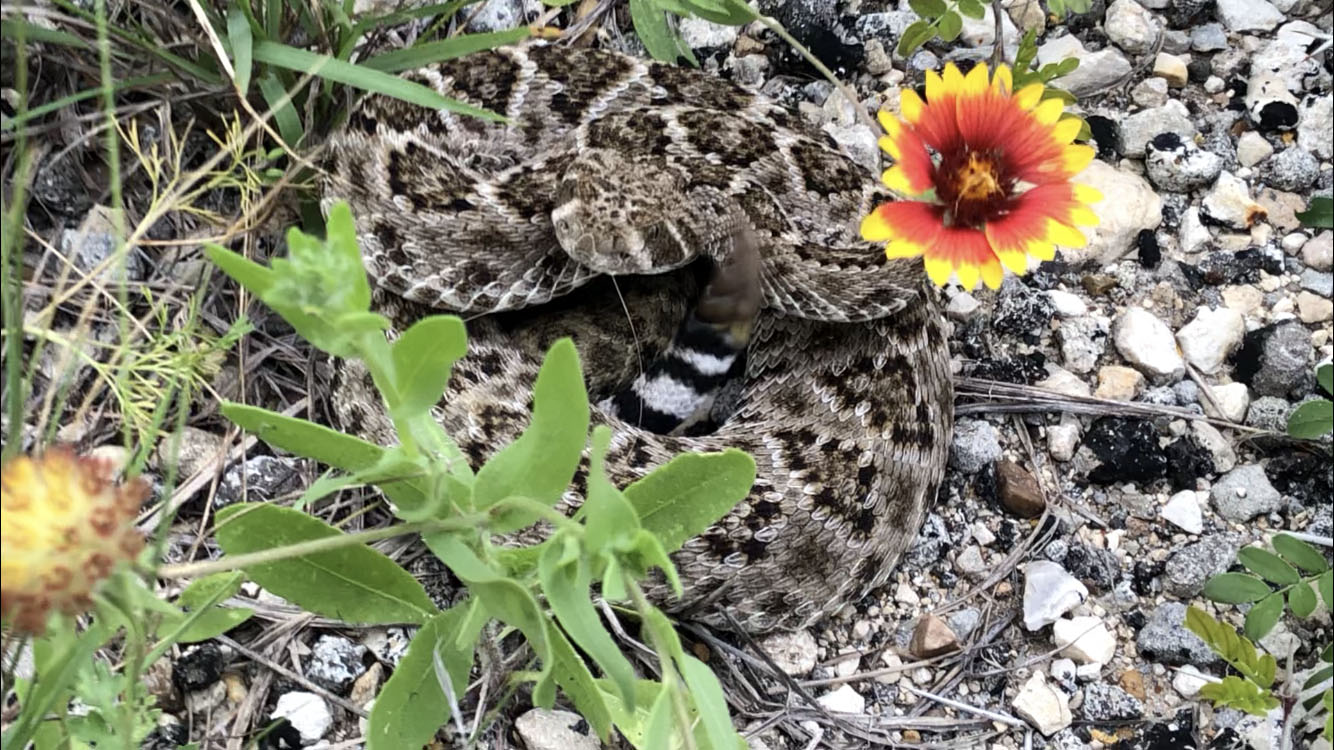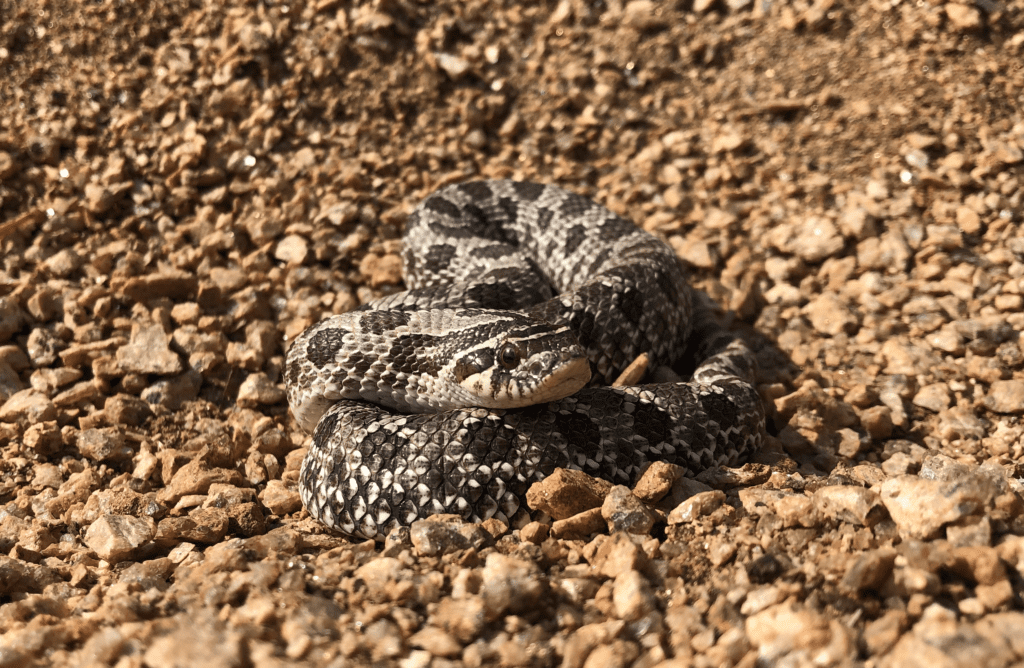As weather begins to cool off here in south Texas, snake sightings begin to increase. Wait a second… aren’t snakes supposed to prefer hot weather? Turns out, that’s not always the case!
Why are we seeing more snakes this time of year?
There are lots of reasons why Fall is a big time of the year for snake sightings.
- Love is in the Air. Fall is breeding season for many species of native snakes. During this time of the year, males will travel long distances to find females, so you can find them slithering around the backyard looking for a mate.
- Babies! September is a month where the total population of snakes is at its highest because this is when the majority of snakes are either hatched or are born. Is there anything cuter than a baby snake? We didn’t think so.
- Bulking Season. Not quite like the weightlifting guys who spend hours in the gym, but more like a bear eating lots of food as he gets ready to go into hibernation. Many species of snakes spend a portion of the year in brumation. Brumation is when snakes become less active, stop growing, and slow their metabolic processes. Prior to these periods of brumation, it’s extremely important for snakes to eat a lot and build up their fat reserves since they won’t be out expending energy looking for food.

Everything is bigger in Texas
Including the number of snake species! South central Texas is home to more species of snake than any other location in the country. Some examples of snakes you might see this time of year in the San Antonio area include Texas rat snakes, checkered garter snakes, many species of harmless water snakes, desert kingsnakes, ribbon snakes, coachwhips, and more! Surprised we didn’t mention anything venomous? Of the many many species of snakes found in this area, only 4 are venomous – the coral snake, copperhead, rattlesnake, and cottonmouth.

How to tell the difference between venomous and non-venomous snakes
There are many misconceptions about easy ways to tell the difference between venomous and non-venomous snakes. Most non-venomous snakes are so harmless that they rely on mimicry, or pretending to be a more dangerous species, to help stay safe. This mimicry technique is where a lot of misconceptions originate.
- Head Shape. There is a myth that venomous snakes have triangular, flat-shaped heads, where non-venomous snakes have more rounded heads. This is true to some extent, but many non-venomous snakes are notorious for flattening their heads to appear more dangerous. A great example of that is the hognose snake.
- Tail Rattling. In an attempt to ward off predators, the non venomous Texas rat snake will oftentimes rattle its tail in leaf litter to recreate the sound of a rattlesnake rattling its tail. Although they don’t have the keratin buttons that comprise actual rattles like a rattlesnake, the sound is close enough to scare off many predators, including some humans!
- Patterns. Ever heard of the old saying “red touches yellow, kill a fellow; red touches black, friend of jack?” This is true for coral snakes, but many other snakes in the area have very similar coloration. Same goes for geometric patterns. Although western diamondback rattlesnakes have distinct diamond patterns, so do many non-venomous snakes, like the diamondback water snake.
- Pupil Shape. The assumption that vertical pupils belong exclusively to venomous snakes is not entirely true. Some harmless non-venomous snakes, like the Texas night snake, also have vertical pupils.
Rather than relying on the misconceptions mentioned above, we’ve found that learning to identify the few venomous snakes by their individual appearance is way more effective. Here at AWSFZ, we exhibit all of the most common snake species you would find in the area on our “Snakes of Texas” Wall. Next time you visit, be sure to visit that section and ask one of our Reptile Experts about how you can learn to identify the snakes in our area!

What to do if you see a snake
Snakes would rather avoid confrontations with people. It’s best to admire the snake from a safe distance and call local animal control if you feel threatened; however just leaving it alone is often the best choice. Snakes are great critters to have around. Mice and rats are the pests that cause homeowners the most destruction, and snakes look at these animals as their primary diet. They make great natural pest control!

